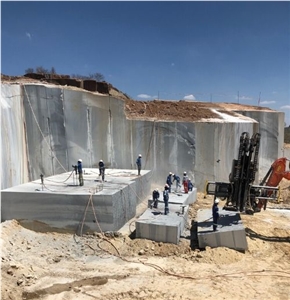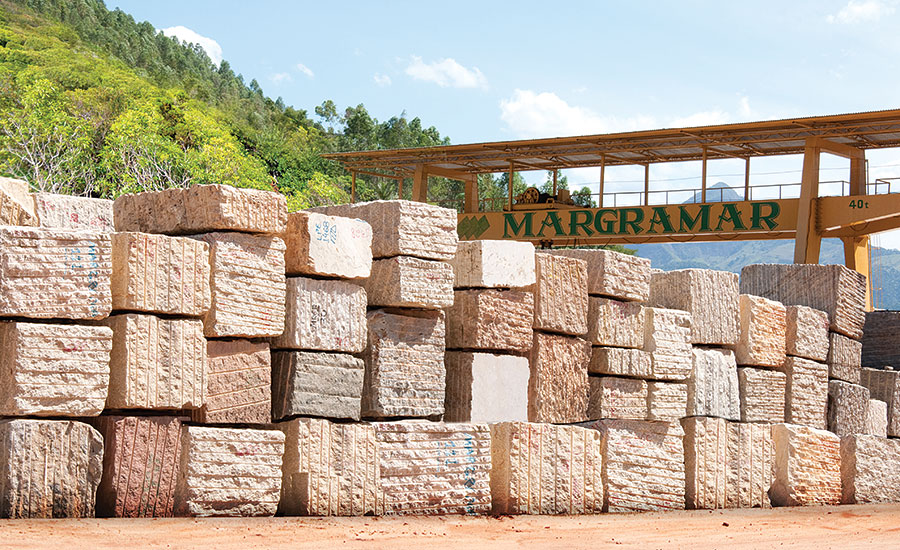A Journey Through Granite Quarries in South Africa: Introduction Nature's Virtuosity
A Journey Through Granite Quarries in South Africa: Introduction Nature's Virtuosity
Blog Article
Introducing the Mysteries of Granite Quarrying: Where Stamina and Style Meet
The globe of granite quarrying is a world where the raw toughness of nature assembles with human creativity to create structures that stand the test of time with an air of elegance. From the depths of quarries to the meticulous sprucing up in workshops, the procedure of transforming granite right into architectural wonders is a complex dancing of practice and advancement. As we peer right into the midsts of this old craft, we begin to reveal the surprise intricacies that shape the extremely essence of our developed setting.
The Beginnings of Granite Quarrying
In the annals of building history, the beginnings of granite quarrying are shrouded in a tapestry of old craftsmanship and geological wonders. Going back to old Egypt and Mesopotamia, the removal of granite from quarries marked the beginning of a trip that would eventually result in the production of a few of the globe's most famous frameworks.
Granite quarrying's origins can be traced to the experienced craftsmens that acknowledged the stone's sturdiness and visual appeal. Through a combination of primitive devices and large determination, these early quarry employees discovered granite blocks that would come to be the structure blocks of civilizations.
As civilizations evolved, so did the techniques of quarrying granite. The Romans, renowned for their engineering expertise, established sophisticated methods for extracting granite to construct monuments, temples, and roadways that stood the test of time.
The tradition of these ancient quarrying methods continues to shape contemporary architecture, with granite staying a symbol of stamina and style in building projects around the world. (granite quarries in south africa)
Devices of the Quarrying Profession
The evolution of granite quarrying techniques from old people to contemporary times highlights the critical function played by the tools of the quarrying sell forming the sector's techniques. In ancient times, quarrying devices were simple, typically including blades, hammers, and wedges made from materials like bronze or iron. These tools needed significant manpower and time to extract granite blocks from quarries.

In addition, the introduction of pneumatic tools and high-powered machinery has actually substantially reduced the physical labor needed in quarrying procedures, improving employee security and efficiency. As the quarrying sector continues to innovate, the devices of the trade continue to be at the center of driving progress visit homepage and shaping the future of granite extraction.
Drawing Out Blocks of Granite
Utilizing accuracy machinery and progressed techniques, the removal of granite obstructs from quarries has actually come to be an innovative process in the contemporary quarrying market. The initial step includes identifying the area and dimension of the granite down payment to identify one of the most effective removal method. As soon as a suitable website is selected, the extraction process begins with the drilling of holes for the placement of explosives. Regulated blowing up strategies are after that used to damage apart the granite right into convenient sections.

Sprucing Up and Finishing Techniques
To accomplish a flawless surface on granite blocks, knowledgeable artisans utilize a collection of precise sprucing up and ending up techniques. After the preliminary removal and shaping processes, the granite obstructs undertake a comprehensive sprucing up stage to enhance their natural appeal and longevity.
Along with polishing, ending up strategies are put on additional fine-tune the granite's look. These strategies may include flaming, developing, or cleaning, each offering one-of-a-kind textures and finishes to fit different visual choices. Flaming, as an example, includes exposing the granite surface to heats to produce a rough, this contact form distinctive finish, perfect for outdoor applications where slip-resistance is essential. Developing, on the various other hand, supplies a matte coating that is smooth to the touch, excellent for interior kitchen counters and floor covering. By carefully selecting this post and applying these polishing and finishing techniques, artisans can change raw granite obstructs right into elegant items that display both toughness and sophistication.

Ecological Impact and Sustainability
With the expanding focus on environmental awareness in the industry, granite quarrying methods are increasingly inspected for their influence on natural deposits and long-term sustainability. Quarrying for granite can have considerable ecological implications. The extraction procedure often includes using heavy machinery, nitroglycerins, and large amounts of water, causing environment destruction, soil disintegration, and water pollution. Additionally, the transportation of granite from quarries to refining centers generates carbon emissions, additionally adding to ecological degradation. granite quarries in south africa.
To minimize these influences and ensure sustainability in granite quarrying, industry stakeholders are adopting various steps. Executing sophisticated innovations to minimize energy intake and water usage, reclaiming quarried land for ecological remediation, and promoting responsible sourcing practices are some strategies being used. Qualifications such as the Woodland Stewardship Council (FSC) and the Leadership in Energy and Environmental Design (LEED) aid customers determine environmentally pleasant granite items.
Final Thought
Finally, granite quarrying is a procedure that requires specialized devices and methods to remove blocks of granite and brighten them to a high degree of surface. While the environmental effect of quarrying can be significant, initiatives are being made to improve sustainability techniques in the industry. On the whole, granite quarrying is a delicate equilibrium between using the strength and style of this natural rock while reducing its effect on the environment.
Report this page